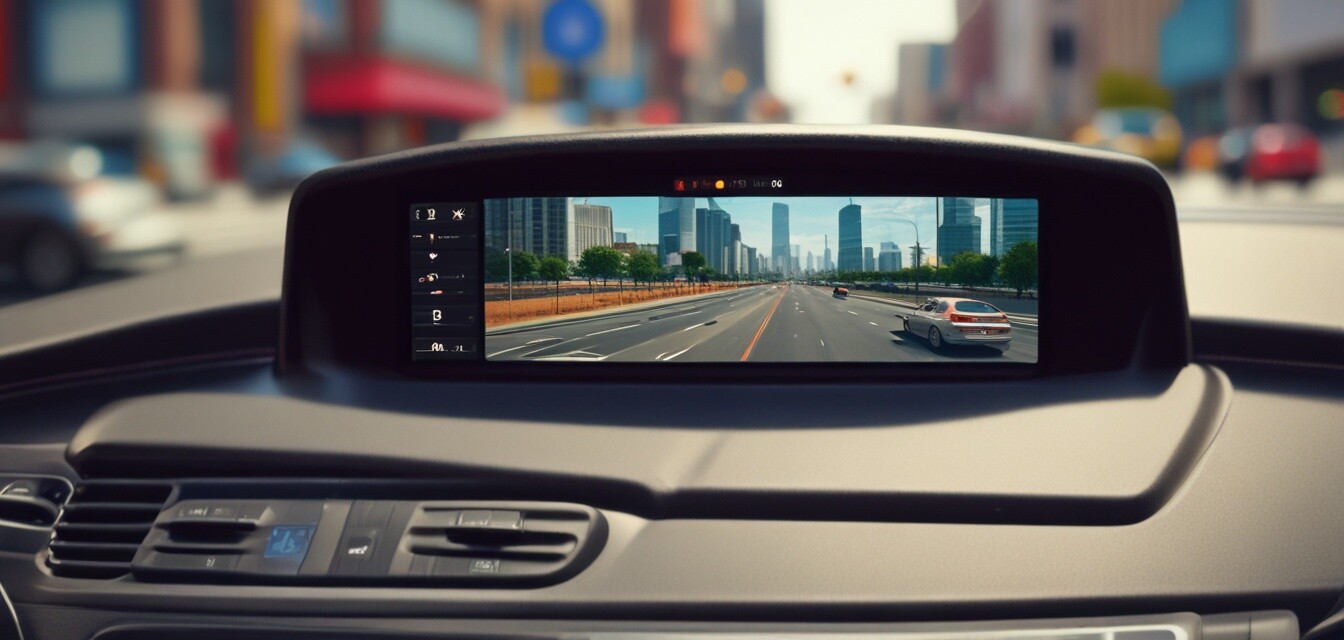
The Impact of New Regulations on Dashcam Usage
Key Takeaways
- In 2025, new regulations will directly impact how dashcams are used and enforced.
- Driver accountability is expected to improve with educational initiatives surrounding new laws.
- Understanding features like 4K resolution and night vision becomes crucial in selecting compliant products.
- Dashcam users will need to stay informed about local regulations to ensure compliance.
- Technological advancements will continue to reshape the landscape of dashcam features in response to emerging regulations.
The world of dashboard cameras is experiencing significant changes, particularly with the introduction of new regulations set to take effect in 2025. As dashcams become a standard fixture in vehicles, understanding the implications of these regulations on usage, privacy, and driver accountability is essential. In this article, we will delve into how these regulations are shaping the future of dashcam technology and use.
Understanding the New Regulations
The new regulations aim to standardize the use of dashboard cameras, ensuring they contribute positively to road safety and driver accountability. While the specifics of the laws may vary by region, some common themes include:
- Data Privacy: Regulations are likely to address how and when recorded data can be shared or accessed.
- Driver Education: Initiatives may include educational programs to inform drivers of their responsibilities when using dashcams.
- Installation Standards: There may be guidelines regarding where and how dashcams should be installed in vehicles.
The Importance of Compliance
With new laws in place, compliance will be more critical than ever. Not only does this affect how dashcams are used, but it also influences purchasing decisions. Drivers will need to look for features that not only meet the latest technological advancements but also abide by regulations.
| Feature | Regulation Impact | Consumer Consideration |
|---|---|---|
| 4K Resolution | Potential increase in data storage requirements | Must ensure compliance without excessive data retention |
| Night Vision | Could be mandated for certain types of vehicles | Varies by region |
| Wi-Fi Enabled | Data sharing regulations may apply | Must be aware of local data sharing laws |
Growing Trends in Dashcam Features
In response to new regulations, manufacturers are innovating their products. Below are some trending features that are likely to gain more prominence:
- Smart Integration: Connectivity with smartphone applications for real-time alerts.
- Cloud Storage:Secure storage of video data with options for remote access.
- Enhanced Safety Features: Such as lane assist and collision alerts.
- AI-Driven Technology: Featuring advanced object recognition and adaptive learning.
Impact on Driver Accountability
Dashcams are becoming an essential tool for promoting driver accountability. With the new regulations ensuring both drivers and companies adhere to the standards, accountability can shift significantly:
- Supporting Insurance Claims: Accurate documentation of incidents will help resolve disputes.
- Recording Safety Violations: Enhanced surveillance of vehicle surroundings can aid in identifying reckless behavior.
- Educating Users: Users are encouraged to understand their responsibilities and rights under the new laws.
Pros
- Improved driver accountability can lead to fewer false claims.
- Standard regulations can unify best practices in dashcam technology.
- Advanced technological features improve safety and security.
Cons
- Privacy concerns over video data handling might arise.
- Compliance with constantly changing regulations can be challenging.
- Potential for increased costs associated with advanced features.
Conclusion
The impact of new regulations on dashcam usage is poised to reshape the landscape significantly. Encouraging responsible driving habits, enhancing accountability, and addressing privacy concerns are crucial components in the evolution of this technology. As these laws go into effect in 2025, both current users and prospective buyers must stay informed. By understanding the regulations and adapting to the emerging features, consumers will be better equipped to make informed decisions regarding their dashcam purchases. To dive even deeper into the specifics of various types of dashcams, be sure to explore our sections on 4K resolution dashcams and night vision dashcams.
Embrace these changes in dashcam technology and make your vehicle a safer place by staying updated with the latest laws and trends. For further insights on dashboard cameras, check out our Buying Guides for helpful tips on selecting the best dashcam for your needs.
